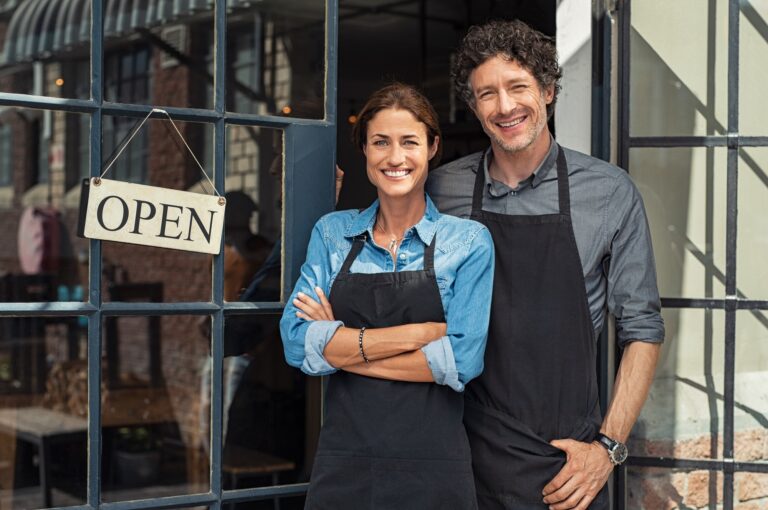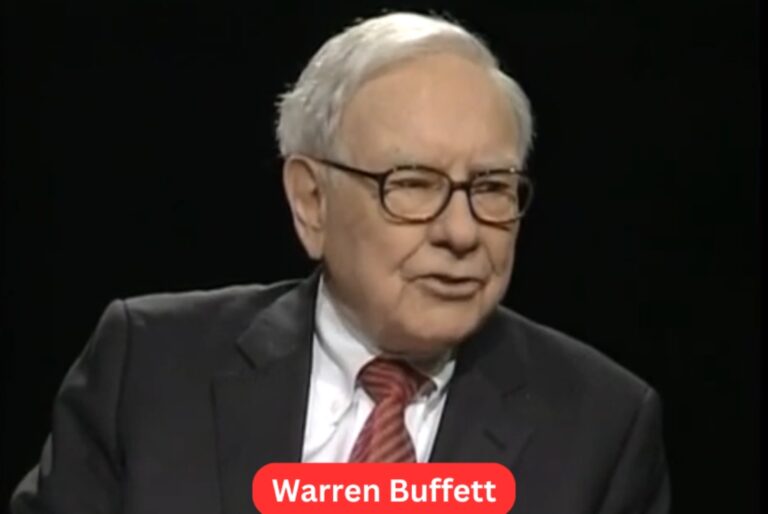6 Mindsets on Being a Successful Entrepreneur – John Mullins Highlights
Successful Entrepreneurs think differently – they have a different mindset. You will also need to think differently to replicate their success. John Mullins – an associate professor of Management Practice at the London Business School- gives us some insights into the mindset of successful entrepreneurs.
John Mullins describes these mindsets as “the Counter-Conventional Mindset of Entrepreneurs”. When you learn about these mindsets, they can help you learn to think like a successful entrepreneur and replicate better results in your business.
Six Counter-Conventional Mindsets for Successful Entrepreneurs
A mindset describes the attitude, inclinations, habits, or dispositions that predetermine how they interpret or respond to events, circumstances, and situations.
For an entrepreneur, mindsets are those things that predetermine how he responds to opportunities. Although inherent in some persons, these mindsets can also be learned.
John Mullins describes 6 Counter-Conventional mindsets for successful entrepreneurs. He coined them as “Counter-conventional” because they go against what Business Schools teach and most large companies practice. They go counter in strategy, finance, approach to risk, market targeting, etc.
These mindsets include the following;
- Yes we can mindset
- Problem-First Logic -Not product First
- Think Narrow, Not Broad
- Ask for the cash, ride the float
- Beg, Borrow but don’t steal.
- Never ask for permission (beg for forgiveness)
1. The “Yes, We Can !” Mindset
The Classic Business School Strategy is that a company should stick only to its core competencies – what they are good at. Build a fortune around those core competencies. And if a customer should ask for something beyond those, they town it down.
John however noted that successful entrepreneurs do not turn down requests. They have the mindset of saying “Yes, We Can!’ to opportunities, even those well beyond their core competencies. They are always ready to take on new challenges, learn from them, and build better businesses from them.
Arnold Correia – a Brazillian Entrepreneur – built his company (Atmos Digital) by disregarding the strategy of building a business only around some core competencies. He has been able to reinvent his company fundamentally, from an Event Management and Production Service to something much more robust and profitable (satellite technology, advertising).
2. Problem-First Logic -Not Product First
Most conventional big companies are using what can be better described as the “Product-First” logic to grow a business. They gamble that creating a new or improved version of a product is what will make the business successful.

From detergent companies stamping the label “new and improved” on their product, to energy drinks companies changing the color of their cans. Coca-Cola for example created a whole range of Coke products – Classic Coke, Diet Coke, Vanilla Coke, Cherry Coke, Coke Zero, etc.
For entrepreneurs, the focus is not on products, the focus is on “problems” – solving a problem.
Jonathan Thorne built a successful business by addressing a problem within the medical community and created a non-stick surgical forceps, made of Siver-Nickel Alloy. A tool that became invaluable among Neuro-surgeons. His focus was on solving a problem, rather than creating just another shinny Forcep. Jonathan later sold the business to Stryker Corporation.
3. The “Think Narrow, Not Broad” Mindset
The conventional Big-Company wisdom is that the “New Market” must be large and “New Products” must move the needle. This means that a business with a narrow target market is off the radar for many companies.
Entrepreneurs can sometimes go against this convention and prove it wrong. As in the case of Jonathan Thorne above. They think narrow, not broad. Narrow to a specific niche or target market. And from the narrow to broader range.
Bill Bowerman and Philip Knight founded Nike in 1964 by identifying a problem very specific to a narrow target market – sports shoe long-distance runners. Most shoes at the time were for sprinters and were not tough enough for the rugged terrain marathon runners normally encounter. (Phil Knight, a long-distance race runner, Bill Bowerman – his track coach).
So they designed a shoe to meet the needs of elite marathon runners. From there, they expanded to sports shoes for other athletes, making Nike one of the most successful brands in sports.
4. “Asking for the Cash, Riding the Float” Mindset
The rich and many big companies today have a lot of money to play with. They are looking for a place where they can throw some of those excess cash. Entrepreneurs understand that cash is the lifeblood of an entrepreneurial venture, so they are not afraid to ask for cash for their idea, even more than what they need.

Elon Musk and the Tesla team were able to sell the Tesla Roadsters- an environmentally friendly, fancy sports car, to a group of 1000 rich investors at $100,000 cash upfront, in California, before they ever produced a single car. They repeated a similar feat at the launch of the Model 3, where they asked for $1000 each (upfront) from nearly half a million people. ( nearly half a billion dollars raised upfront)
Elon and his team’s ability to ask for cash, which gives them a large cash reserve to work with is one of the reasons the company is so successful.
5. Beg, Borrow(but don’t steal)
Interestingly, entrepreneurs can build their businesses on borrowed assets, without the complex analysis of “investing” and ROIs.
John Mullins narrates the business initiative of Go Ape, a UK-based Treetop fun and adventure company. The founders -Tristram and Rebecca Mayhew – wanted to build a treetop adventure business in the UK. Similar to what they have seen on vacation in France.
They came up with the bright idea of meeting the UK Forestry Commission for help. The Forestry Commission at that time was also very interested in increasing its visitor count. What better way was there to increase their visitor’ count than by having a Go Ape treetop adventure course on their property?
Go Ape essentially secured exclusive rights to build their treetop adventure courses for 25 years. They were able to secure a business on borrowed assets. Go Ape is a successful business in the UK today and in some parts of the US.
6. Never ask for Permission (beg for forgiveness)
Entrepreneurs and permissions are kind of like oil and water – they do not mix. Big companies resist changes that are outside the norm, so getting permission to do something innovative is often met with a lot of bottlenecks. You will often get a “No” if you try to do something different.

Entrepreneurs, however, like Travis Kalanick and Gareth Camp – founders of Uber, knew they wouldn’t have gotten a “Yes” if they had attempted to get permission to start a taxi company without owning any taxi. They don’t wait for permission, they would rather ask for forgiveness if things go wrong.
That’s not to say we should engage in unethical behavior to be successful entrepreneurs. But their willingness to start something, which in many instances will not give a go from most conventional thinkers is what sets many successful entrepreneurs apart.
Conclusion
Successful Entrepreneurs are driven by specific mindsets that set them apart from others. From the “Yes we can do that” mindset, to focusing on problems first (rather than on products), thinking narrow (not broad), to others like “Asking for cash” ” riding the float, begging, and borrowing (but not streaming), Never asking for Permission(rather ask for forgiveness,), etc. These are mindsets that may not come naturally to most people but can be learned.








